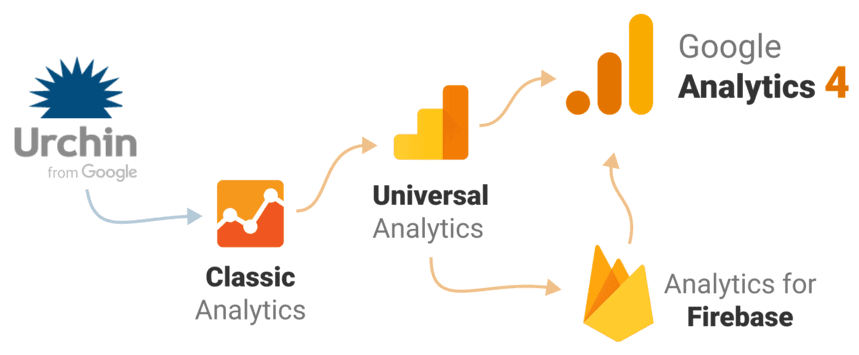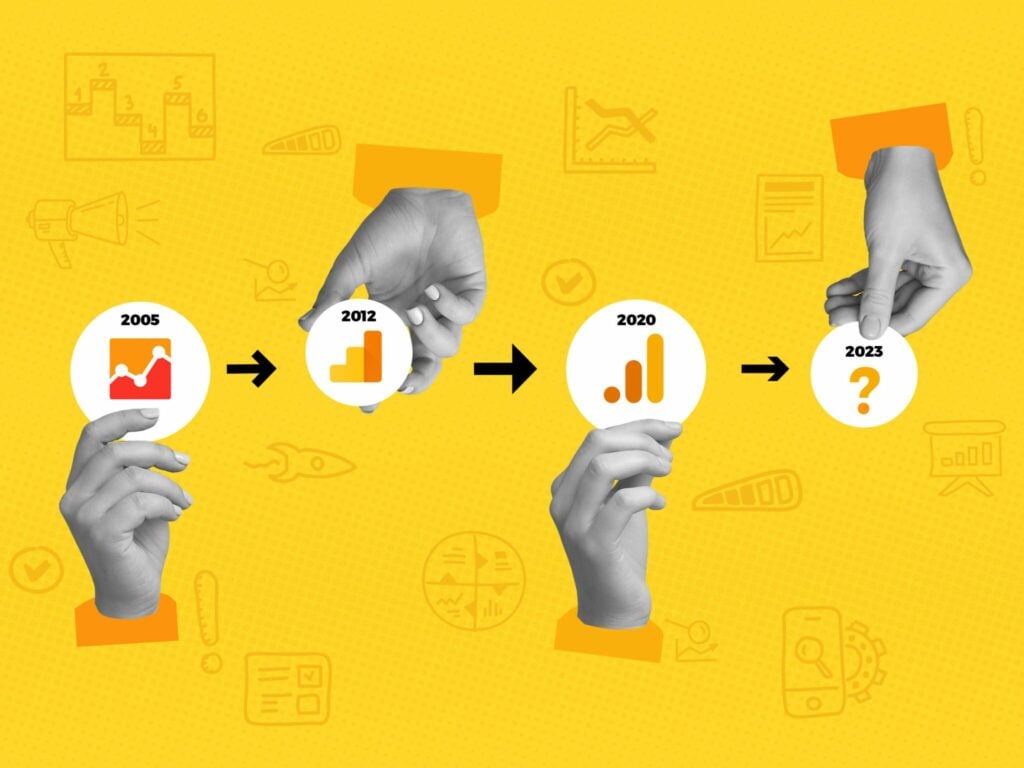The data market got shaken up when Google revealed the launch of Analytics 4 (GA4) – after Universal Analytics had existed for a decade. It is the next big thing to come out of Google Analytics (GA), which means Universal Analytics will stop tracking new hits. To give enterprise users more time to make the switch to GA4, Google has named July 1, 2024 (instead of October 1, 2023) as the last day for making sure that you are ready for the changes that are coming your way.

GA is a popular digital analytics software tool. Google purchased the monitoring platform Urchin in 2005 and has published multiple versions of its analytics service since then. GA4 is not merely a redesign of GA. Due to the substantial changes and different data measurement, GA4 can be viewed as a completely new product. It provides the ability to measure a wide range of data types, giving a powerful analytics experience built for the future. It enables organisations to observe unified user experiences across their websites and applications and leverage Google’s machine learning technology to uncover and forecast new insights. Most crucially, it is designed to keep up with a dynamic ecosystem which enables you to analyse marketing effectiveness and website visitor behaviour in-depth.

Many people are puzzled—will Universal Analytics permanently disappear, and should we migrate to GA4? What happened to the prior version?
Google’s Universal Analytics isn’t going away anytime soon, and there’s no announcement when the old GA will phase out. Universal Analytics, will cease tracking new hits on July 1, 2023. If you still rely on Universal Analytics, we recommend that you prepare to use Google Analytics 4. During this time, we strongly advise you to export your previous reports. However, users will not be required to migrate to GA4 for the time being. Any new properties or accounts will default set to GA4.
GA4 intends to provide a solid analytics solution that is future-proof, a cross-platform, does not rely solely on cookies, and employs an event-based data model. With extensive data gathering and utilisation controls, it assists organisations in meeting changing demands and user expectations. GA4 aims to help you achieve your major goals, such as increasing sales or app installations, generating leads, or integrating online and offline consumer interaction.
GA4 employs an entirely new data structure and data collecting methodology. Let’s take a closer look at the tool and talk about the most visible changes. GA4’s primary features are as follows:
As the world prepares for the GA4 final release, many organisations are wondering what the next steps are.
Here are a 3 tips to prepare you to migrate to GA4:
PRO TIP: Take some time to be comfortable using the new UI before migrating your data. Dealing with a new interface even if you’re generally familiar with the changes might be overwhelming.
Migrating to GA4 should be a priority for all businesses that want to stay ahead of the curve. The benefits of GA4 are too great to ignore, and the sooner businesses make the switch, the better. With GA4, businesses will be able to take advantage of improved data collection, new features, and enhanced security.
However, the migration process isn’t as straightforward as pressing a button. A bug-free transfer to the new platform requires several steps. You are not alone in this challenge, we have already traversed the upgrading route for many big brands. To get help with making your migration to GA4 easy and hassle-free, talk to us!
[ This article was updated on October 28, 2022 to reflect the new deadline.]
Don't be shy — say hello and we'll be glad to kickstart your next exciting digital marketing journey.